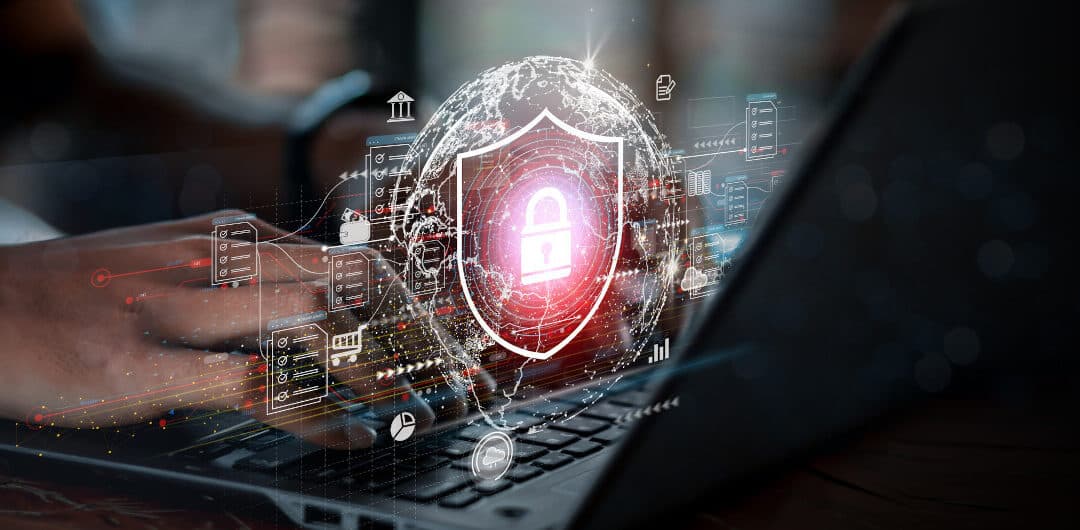Most knowledge-economy workplaces are embracing the remote future of work. The question for these leaders is how to manage a workforce that may physically congregate in the office only once or twice a week, if ever. According to Gallup, as many as two-thirds of white-collar U.S. employees worked exclusively from home during the pandemic, a massive shift that will shape workplace culture for years to come.
The future of work requires more transparent management. By this, I don’t just mean clear communication around objectives and daily expectations. I mean the implementation of systems, technical and cultural, that will allow managers to understand productivity and engagement while preventing burnout, countering discrimination and harassment, and warding off security threats.
Measure Productivity While Preventing Burnout
In the time of the great resignation, when more Americans are quitting than ever before, talent is a business’ most precious commodity. Managing to preserve and elevate talent means understanding how employees are working to help them be more effective while minimizing burnout. Transparent management through technology-driven analysis and open communication can help employers get there.
Leaders and employees are equally affected by the move to remote work. Transparent management creates a platform for the entire organization, from the talent department to executives to junior employees, ensuring that productivity, engagement, security and fair treatment are top of mind. Transparent management requires processes, communication, and technology to support it.
Consider the case of an employee who is showing signs of underperformance. In the office, a manager might more readily glean why this is the case through observations of how the person works or a casual discussion about pain points. In a company with remote workers, detecting challenges and remedying them is difficult without a proactive approach.
For example, the employee who seems to be underperforming may be spending six hours per day on Excel because they don’t know how to use certain features and are doing a lot of work manually. Management needs to set up systems to identify this sort of dynamic, which might lead to the adoption of tools to facilitate analysis or training to improve employee software fluency. On the opposite end of the spectrum, an employee who seems perfectly fine may be working until 9 pm every day to stay afloat. Minimizing burnout, too, will require more active and transparent management in times when leaders will not see the employees who are physically staying at work late.
Counter Discrimination and Harassment
Another way the increased distance between leaders and employees can cloud judgment is biased performance assessments. Consider a working parent who leaves their desk at 4:45 each day to pick up their child from daycare. Managers may see that this person is not answering messages at the five o’clock hour and assume the parent is less productive than their peers. But this person may be delivering the best results in the department.
For example, perhaps that person is working diligently from 9 am to 4:45 pm, whereas others take frequent breaks throughout the day. Either mode of work may be acceptable to the manager if the employee is delivering. But in the remote setting, routine 4:45 departures are more evident than a bunch of small breaks throughout the day. Managers need to be aware of these blind spots and set up systems to eliminate them so that they do not develop unfair and inaccurate perceptions of employee effort. This is especially true in cases where duties like parenting, which are more likely to be handled by working mothers, are at issue.
Transparent management can foster a more inclusive workplace and minimize threats and discriminatory behaviors when it comes to harassment. The remote work environment facilitates a lot of digital, instant communication, which can blur the boundaries between work and play and invite bad behavior. Without the physical perception of interpersonal dynamics, managers need to be more active in monitoring workplace culture to prevent toxic relationships from developing. 
Ward off Security Threats
The future of work also requires employers to prepare for elevated cybersecurity risks. The world witnessed this early in the pandemic when the issue of Zoom bombing led many organizations to boost the credentials required to enter meetings. Unfortunately, the same threats are at play when it comes to much of digital communication; organizations are working with sensitive and valuable information, and the edge of the network is now an employee’s kitchen counter.
Here, too, remote work can incentivize bad actors or simply leave unwitting employees vulnerable to outside threats with fewer opportunities for internal communication to detect or disarm those threats. Active and transparent cybersecurity management can identify problematic behaviors or invasions of company security early and prevent mistakes or initial missteps from developing into crises.
What does good leadership look like in the future of work? This era of employee empowerment and decentralized communication is here to stay, and it comes with many benefits that leaders and employees alike should welcome. But it also increases blind spots on the part of managers concerning performance assessments, unconscious bias, harassment, and security. With the right management protocols and supporting technologies, employers can foster safe and inclusive workplaces to nurture and retain talent, which is what the current era of employee empowerment is all about.

Insider Risk – How Prepared Are You?
Not every company is equally prepared to deal with insider risk. This report outlines the four stages of insider risk maturity and explores how to improve your insider risk preparedness.





